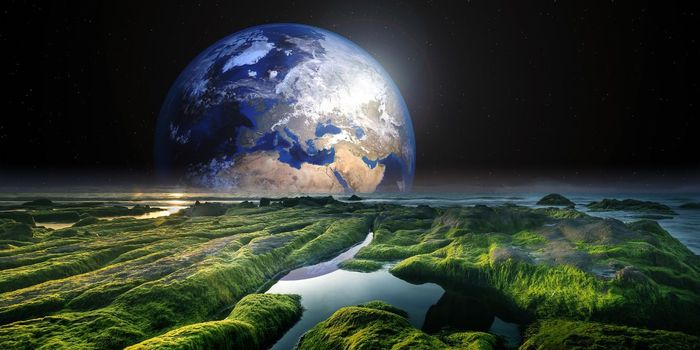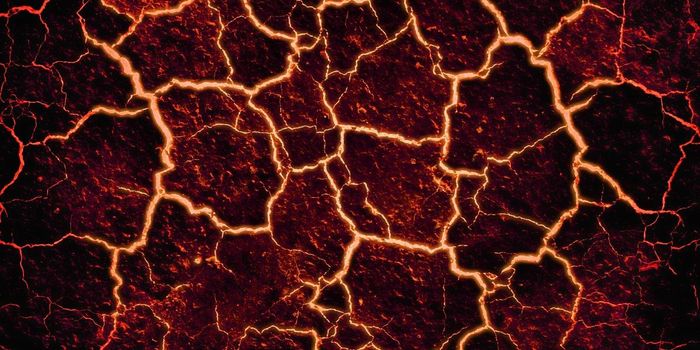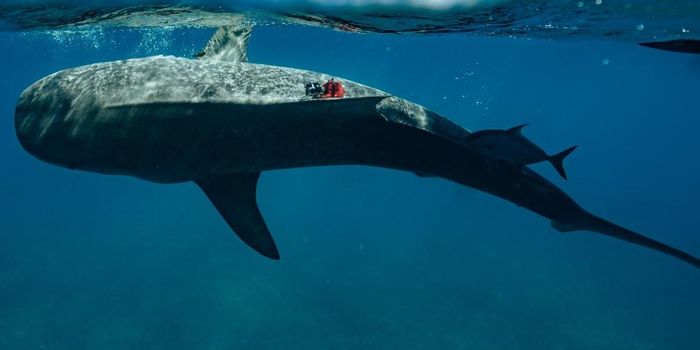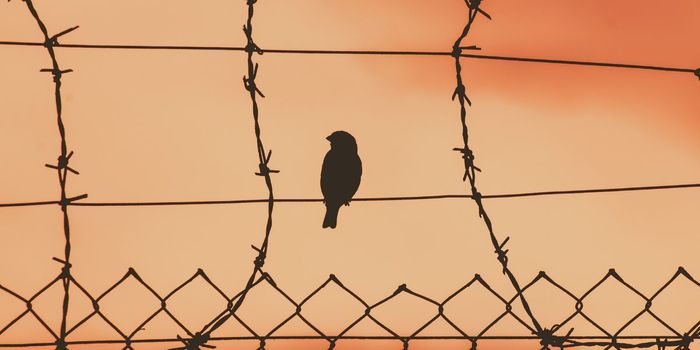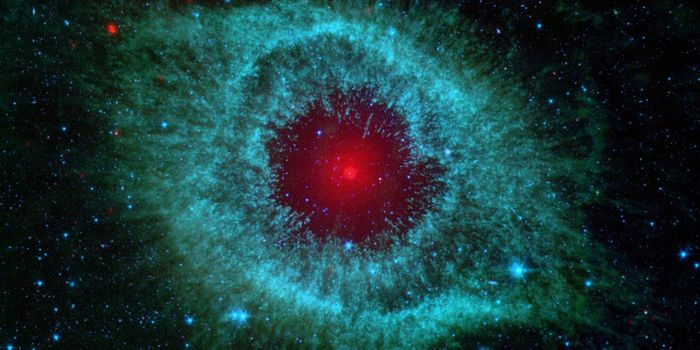A superfund site is an area where toxic waste is disposed. You may not be surprised to learn that these sites can pose a dangerous health threat for anyone or anything living nearby, be it wildlife, a river, or you and your neighbors. Nevertheless, some superfunds are worst than others and require long-term clean-up; there are over 1,000 of these on the EPA's National Priority List (NPL). If you want to find out if some of the worst ones are located near you, read on, or watch the video!
If you live in West Chicago, you may want to check on which community pool you're visiting this summer. One called Reed-Kepler Park is situated right next to an old landfill where the Rare Earths Society was guilty of dumping radioactive waste for forty years. Much of the waste was in the form of chunks of thorium, radium, and uranium that looked like sand but actually emitted ionizing radiation. And although the area was cleaned up and declared safe in 2010, it might be worth a call to the local health department just to make sure that while you're soaking in the sun, you're not soaking anything else up either.
Across the country, 200 miles of the Hudson River in NY compose another superfund site because of polychlorinated biphenyls (PCBs) contamination by General Electric from 1947 to 1977. The PCBs that the company dumped into the river built up in sediments and organic material in the river, eventually bioaccumulating in fish and other river life, which is why you don't want to eat any Hudson river fish. PCBs are dangerous because they can damage DNA and cause cancer and thyroid disease, as well as learning and memory problems. Decontamination and biomonitoring of the river are still in process.
Some other superfund sites include the Love Canal near Niagara Falls, the Hart Senate Office Building in Washington D.C., the Blackburn and Union Privileges Site in Walpole, MA, the Berkley Pit in Montana, and CTS in Asheville.


